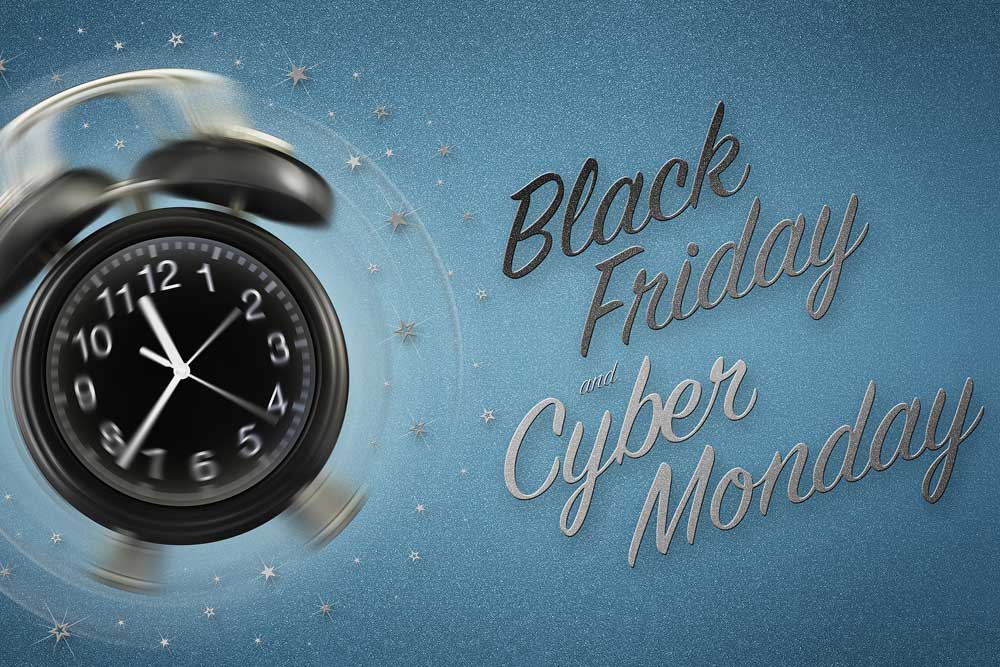Let’s start with the supposed “bad news” first. As many as 46% of shoppers were reported to have started their holiday shopping earlier than usual in 2022, according to the National Retail Foundation. Going by these numbers, it’s easy to assume that retailers looking to win big in 2022 may already be late to the party. But is that the whole picture?
Early Shopping: Not the Killjoy it’s Being Built up to be.
While it is true that early shopping promotions did drag the demand cycle forward by a month or so, this doesn’t really apply to many other retailers apart from Amazon. Businesses will still be looking to activate customers within the established tentpoles of Cyber 5 (Thanksgiving through Cyber Monday). Zooming out from US eCommerce, Cyber Week sales shot up to a whopping $275 billion in 2021 – an all-time high, and a strong case in point (Adobe). This is a telling indicator of the fact that while early holiday sales may have taken the wind out of Cyber Week in the past couple of years, there’s still a lot to look forward to.
Another National Retail Foundation survey confirms this assumption. According to the report, an estimated 166.3 million shoppers are planning to shop through Thanksgiving and Cyber Monday in 2022. “While there is much speculation about inflation’s impact on consumer behavior, our data tells us that this Thanksgiving holiday weekend will see robust store traffic with a record number of shoppers taking advantage of value pricing,” said Mathew Shay, NRF President and CEO. “We are optimistic that retail sales will remain strong in the weeks ahead, and retailers are ready to meet consumers however they want to shop with great products at prices they want to pay,” he added.
Physical. Digital. Or Somewhere in Between?
The significance of Black Friday needs no build up. The pandemic driven shift from brick-and-mortar to online in 2020 was no surprise either. In fact, Black Friday sales grew by 22% in 2020 as compared to 2019 (Adobe). Though brick-and-mortar made a big come-back in 2021, Cyber Monday and Black Friday eCommerce sales didn’t drop by much when compared to 2020. eCommerce sales for Cyber Monday dropped by 1.4%, while that for Black Friday was down by merely 1.3%. On the flipside, eCommerce sales generated in the month of November were actually up by 11.9% (Adobe).
Omnichannel is Still The Boss
It’s going to be hard to predict how these numbers will pan out in 2022, but the one thing we can be sure about is that omnichannel is going to be more important than ever in this phase. One can argue that many big players such as Target are going to be closed on Thanksgiving, but businesses looking to make the most of Cyber 5 opportunities must sharpen their Omnichannel game to stay ahead.
Every customer is different. Some will shop on their mobiles, others on social media, and we’ll still have those preferring to visit stores for their purchases. The key demographic, however, will comprise hybrid shoppers who may research online and purchase in store, or the other way round. And this is why connected omnichannel experiences will be key. Businesses must focus on creating a seamless bridge between these experiences as customers frantically scamper for the best deals.
Supply Chain Woes Will Continue
“Out of Stock” messages are still leading in the list of reasons for cart abandonment. And supply chain conditions don’t seem to be getting any better this season. Global conflict and soaring fuel prices have put global shipping companies under the pump, so there’s really no fixing the situation; at least not in time for the Cyber 5 frenzy. And this may have been another reason that many shoppers decided to start their holiday shopping earlier this year. That being said, with available stock in hand, there are still innovative ways to leverage inventory for optimized customer experience.
Smart Fulfilment to the Rescue
This is where innovative fulfilment solutions are going to be critical for businesses. Customers have already gotten used to the convenience of buy-online-pickup-in-store (BOPIS), curbside pickup, and other fulfillment innovations that gained momentum during the pandemic. In fact, stores that offered BOPIS or curbside pickup saw a stunning 50% year-on-year increase in Black Friday revenue in 2021 (Salesforce).
Spread this across the Cyber 5 period and the numbers are going to be even bigger. Businesses also have the option to set up dark stores temporarily. This allows them to set up a larger number of fulfilment centres at physical stores to widen their fulfilment footprint. Not only does this enable businesses to make smarter use of inventory (by fulfilling more immediate demand), but it also lets them leverage the additional manpower to their benefit.
If there’s one thing we’re sure about this year’s Cyber 5, it’s that it’s going to be like none other. The fine balance between brick-and-mortar and digital is gradually getting restored. The holiday rush seems disrupted, but eCommerce is still set to make a splash. And finally, supply chain woes make things harder, but also come as a blessing in disguise, pushing businesses to find new innovative ways to fulfill customer expectations.
It has become increasingly clear that businesses with better agility and flexibility are the ones that are most likely to be high-fiving through this year’s Cyber 5. And this is what Pivotree is all about. As a key player in enabling frictionless commerce for large brands across the globe, we understand the value of relentless adaptation, and have the right mix of skill, experience and expertise to iron out your Cyber 5 journey.
Curious to learn more?
Attend our upcoming webinar on Dec 6, 2022
Industry Shake-Up: 2023 Commerce Trends to Rock Your World.
